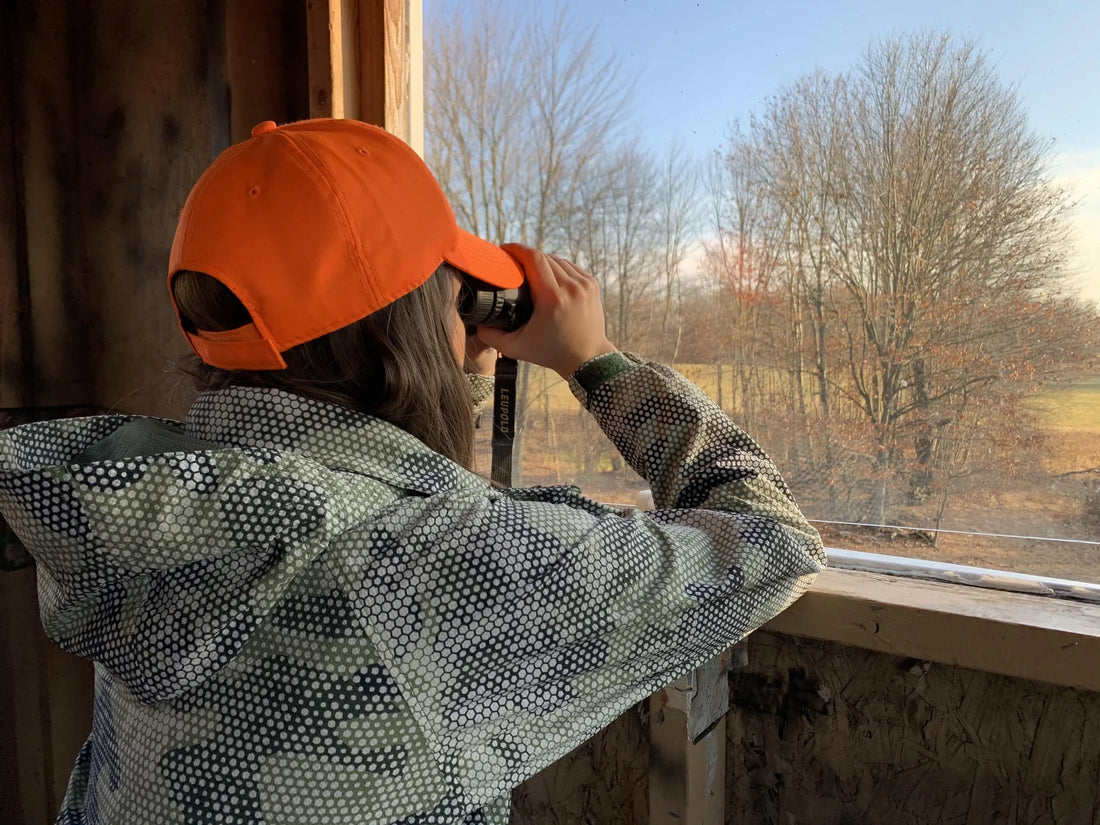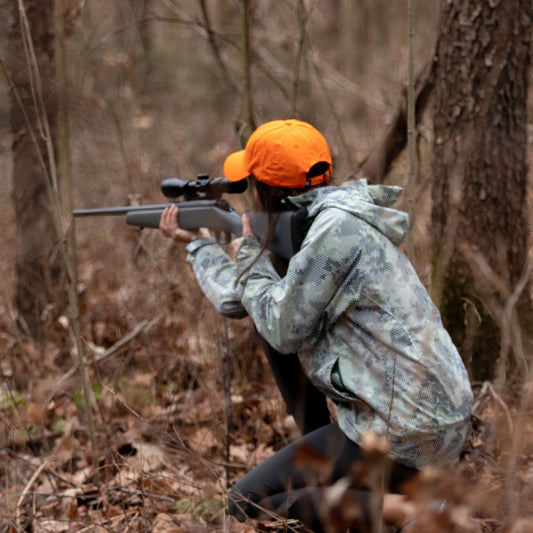Basic Scouting Tips Every New Hunter Should Know

Scouting doesn’t have to be complicated, but the prep work you do before opening day can make all the difference. Here are 5 quick tips to help you read the land, track wildlife, and build your confidence in the field.
Sign Language
You don’t have to see an animal to know they’re around. Be able to ID tracks, droppings, beds, and rubs, and then go in search of these signs near water, feeding areas, or travel corridors.
Wind Direction
Wild game often relies more on scent than sight. Take note of prevailing wind patterns where you plan to hunt, and practice approaching with the wind in your face.
Pin Drop
Apps like OnX and HuntStand are great for tracking what you find and where you found it. Use tech to mark waypoints, check land access, and even review animal movement data.
After Hours
Wildlife moves most at dawn and dusk. Scout during these times to get a sense of patterns, but stay quiet and keep your presence minimal so you don’t spook them before the season.
Learning Experience
Each scouting trip teaches you something. Keep a journal or notes in your phone to track what works, what you see, and how conditions change from week to week.
Bottom line: You don’t need to be an expert to build a plan for the season. Just stay curious, trust what you see, and keep showing up. The woods will teach you the rest.






